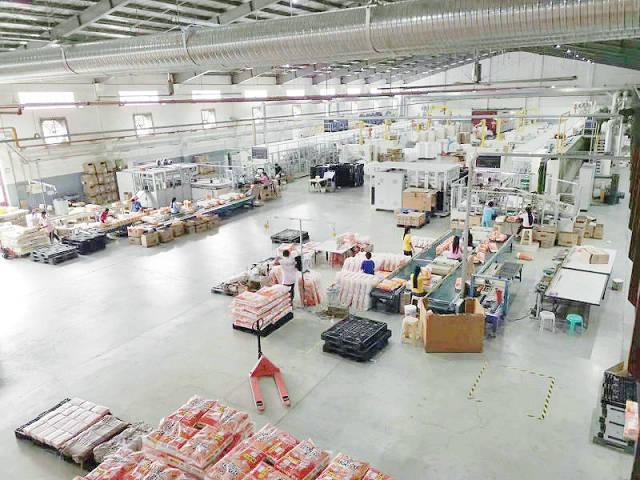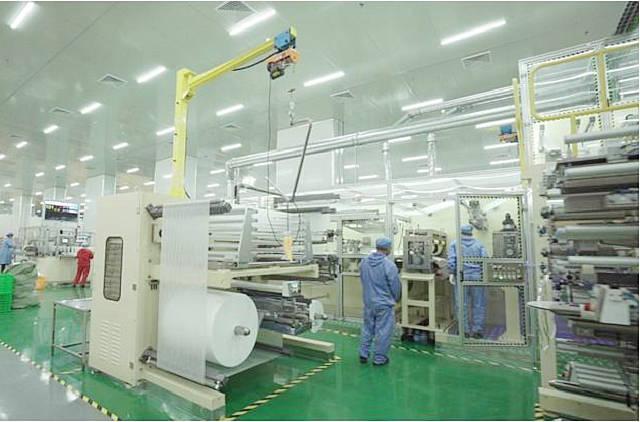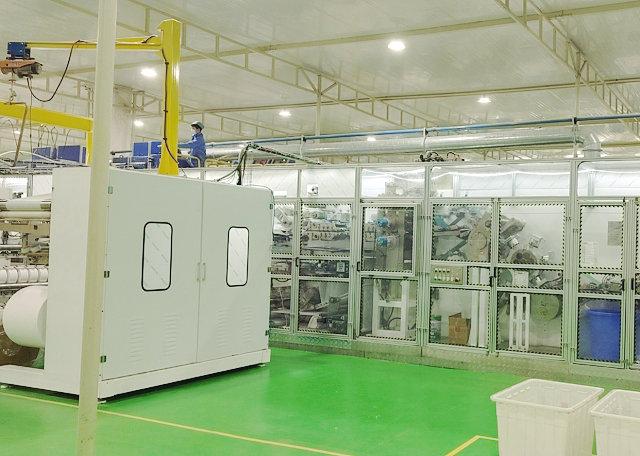Author:Haina Machinery Factory FROM:Diaper Machinery Manufacturer TIME:2023-09-15
Essential Product Knowledge for Sanitary Pads Manufacturing Machine

The sanitary pads manufacturing industry plays a crucial role in providing essential hygiene products to women all around the world. To ensure the production of high-quality sanitary pads, it is vital to have a comprehensive understanding of the manufacturing process and the key aspects of the machinery involved. This article aims to provide essential product knowledge for the operation of sanitary pads manufacturing machines.

Sanitary pads manufacturing machines consist of various components that work together to produce the final product. The main components include:
- Conveyor Belt: It carries the raw materials through the entire production process.
- Core Forming Unit: This unit is responsible for creating the absorbent core of the sanitary pad.
- Tissue Unwinding System: It unwinds the tissue roll that forms the top and bottom layers of the sanitary pad.
- SAP Application System: This system applies the Super Absorbent Polymer (SAP) on the absorbent core.
- Release Paper Feeding System: It feeds the release paper that covers the adhesive side of the sanitary pad.
- Cutting and Sealing Units: These units cut the pads into the desired shape and seal the edges to prevent leakage.

The operation of a sanitary pads manufacturing machine involves several steps:
Step 1: Preparation - Ensure all necessary raw materials, such as wood pulp, non-woven fabric, and release paper, are available and properly loaded onto the machine.
Step 2: Material Feeding - The raw materials are fed into the machine using the conveyor belt, which transports them to the relevant units.
Step 3: Core Formation - The core forming unit molds the absorbent core by combining the wood pulp and SAP. The core is then transferred to the tissue unwinding system.
Step 4: Layer Formation - The tissue unwinding system adds the top and bottom layers of the sanitary pad, securing them to the absorbent core.
Step 5: SAP Application - The SAP application system evenly distributes the super absorbent polymer onto the absorbent core, enhancing the pad's absorption capacity.
Step 6: Release Paper Attachment - The release paper feeding system attaches the release paper onto the adhesive side of the sanitary pad.
Step 7: Cutting and Sealing - The cutting and sealing units trim the pads into the desired shape and seal the edges, completing the production process.
To ensure the production of high-quality sanitary pads, it is essential to implement effective quality control measures:
- Regular Inspections: Conduct routine inspections to check machine components, replace worn-out parts, and ensure proper functioning.
- Raw Material Testing: Test the raw materials for quality, including absorbency, softness, and durability, before they are used in production.
- Proper Machine Calibration: Calibrate the machine to ensure accurate measurements and consistent product quality.
- Employee Training: Provide comprehensive training to operators on machine operation, maintenance, and troubleshooting.
- Hygiene Practices: Maintain a clean and hygienic production environment to prevent contamination and ensure product safety.
Understanding the essential product knowledge for sanitary pads manufacturing machines is crucial for producing high-quality and reliable hygiene products. By comprehending the machine components, operation process, and implementing effective quality control measures, manufacturers can ensure the production of sanitary pads that meet the needs and expectations of women worldwide.
